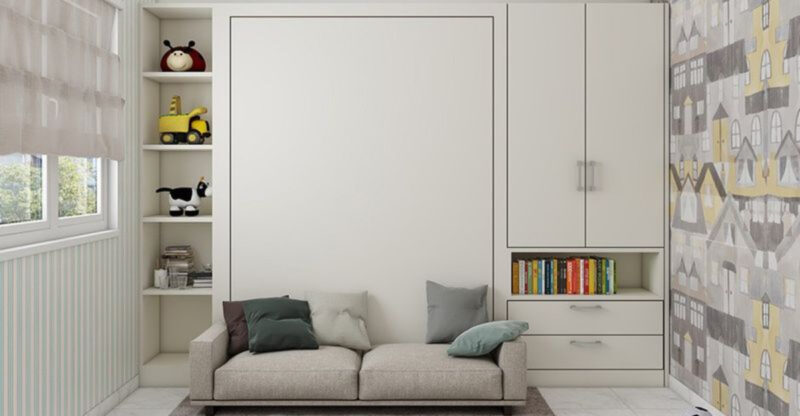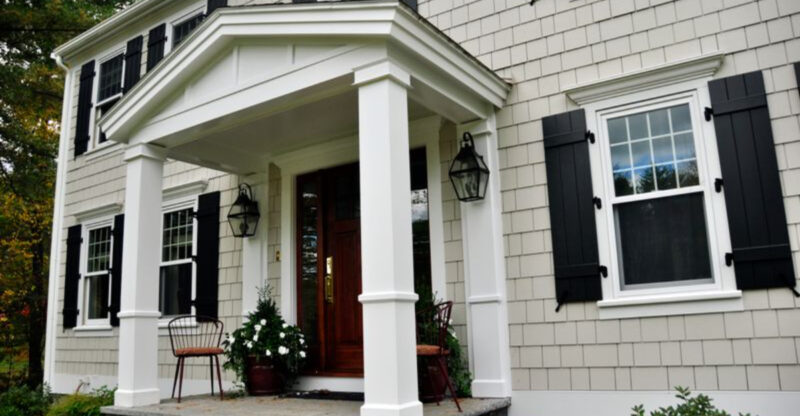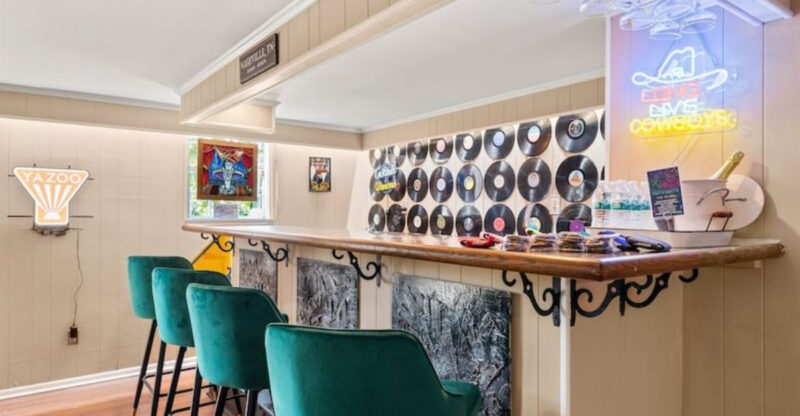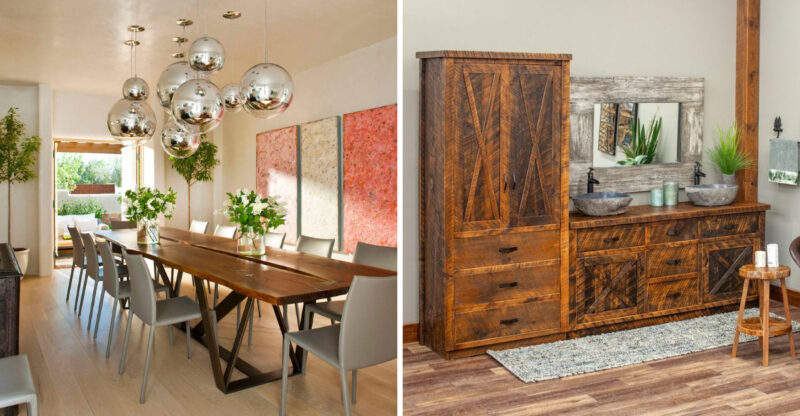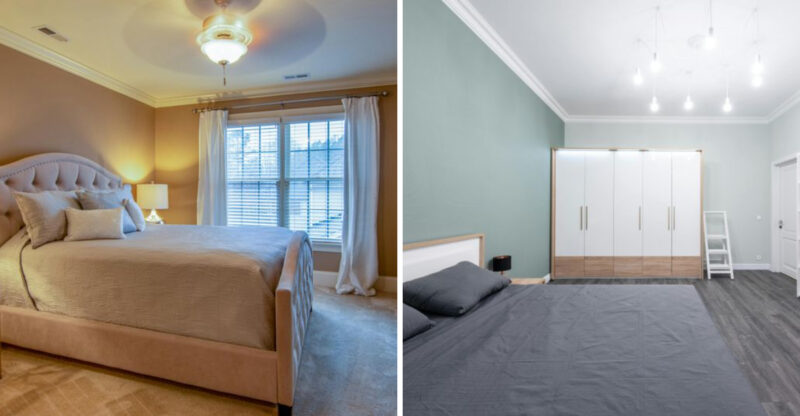10 Old-School Home Features That Should Never Make A Comeback And 5 That Never Should Have Been A Thing According To Pros
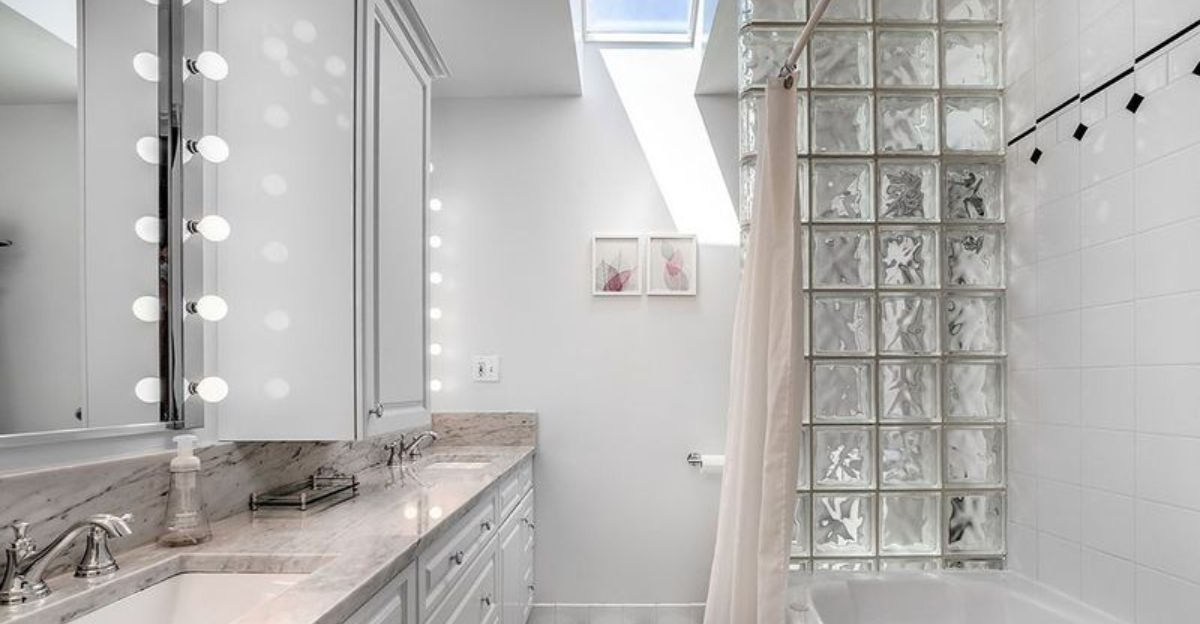
Remember those bizarre home design trends from decades past? Some were quirky, others downright impractical.
I’ve consulted with interior designers and home renovation experts to identify the worst offenders – features that should stay firmly in the past.
From aesthetic nightmares to functional disasters, these 15 home features make professionals cringe whenever they encounter them during renovations.
1. Popcorn Ceilings
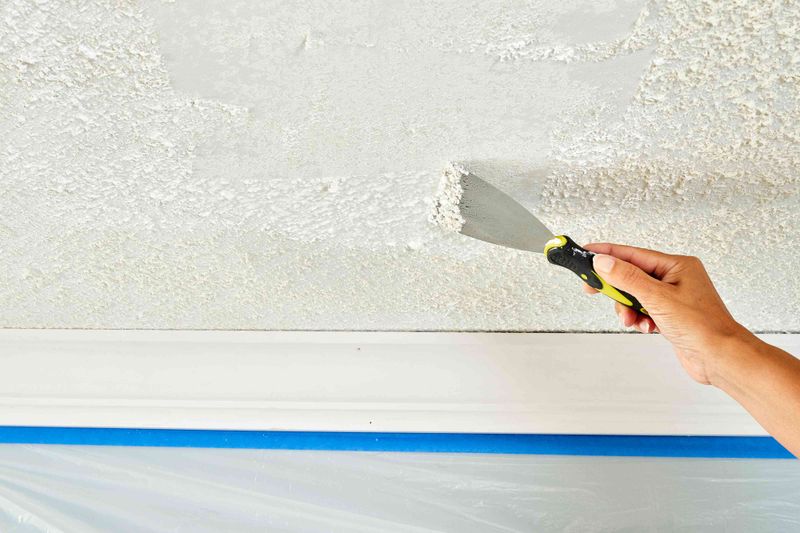
Once considered the height of ceiling fashion, popcorn ceilings are now the bane of home renovators everywhere. These textured nightmares collect dust, are impossible to clean properly, and often contain asbestos in older homes.
Removing them is messy, time-consuming work that usually requires professional help. Modern homeowners want clean lines and smooth surfaces that reflect light better and create an airier feeling in rooms.
If your home still sports this dated feature, consider having it professionally removed or covered with drywall. Your respiratory system and future home buyers will thank you for eliminating this textural relic of the 1970s.
2. Carpeted Bathrooms
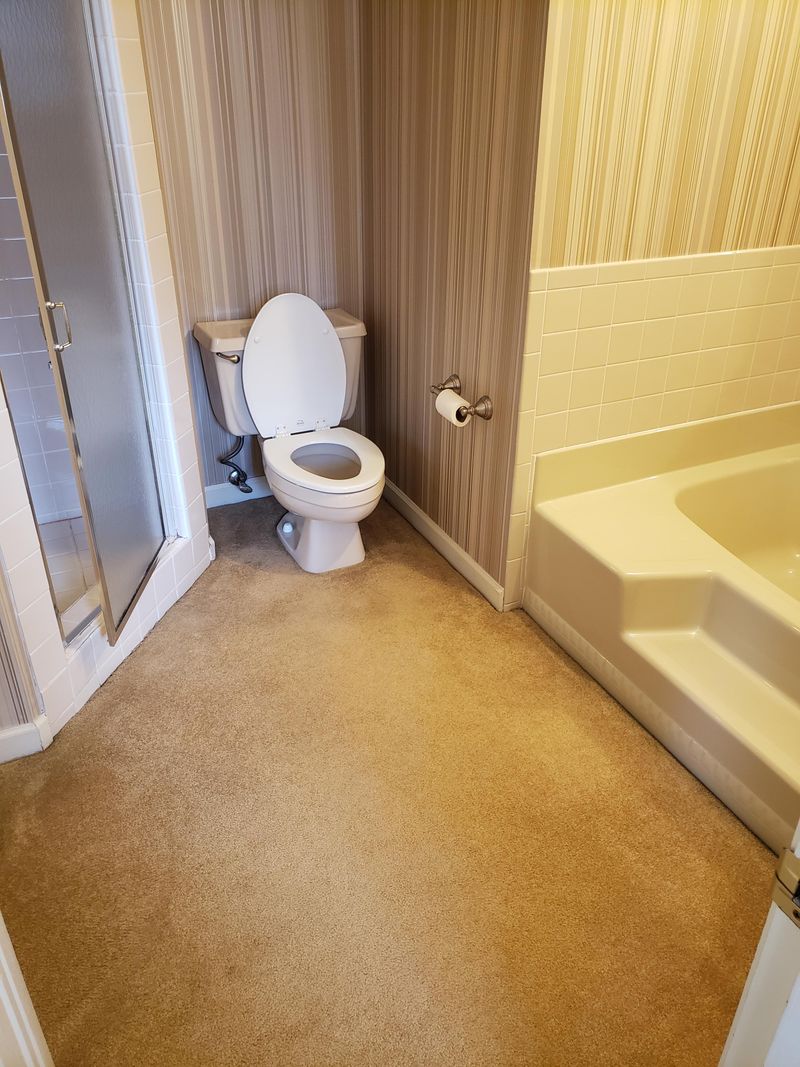
Whoever thought putting carpet in bathrooms was a good idea clearly never considered moisture, mold, or basic hygiene. Bathroom carpets quickly become breeding grounds for bacteria and mildew in the humid environment.
Water splashes from showers, tubs, and sinks inevitably soak into the carpet fibers. Even worse, think about what happens around toilets especially in homes with young children or men with questionable aim.
Tile, vinyl, or even waterproof laminate flooring are far superior choices that provide the necessary water resistance while being much easier to clean and sanitize. Your bathroom should feel like a clean sanctuary, not a petri dish of mysterious smells.
3. Mirrored Walls
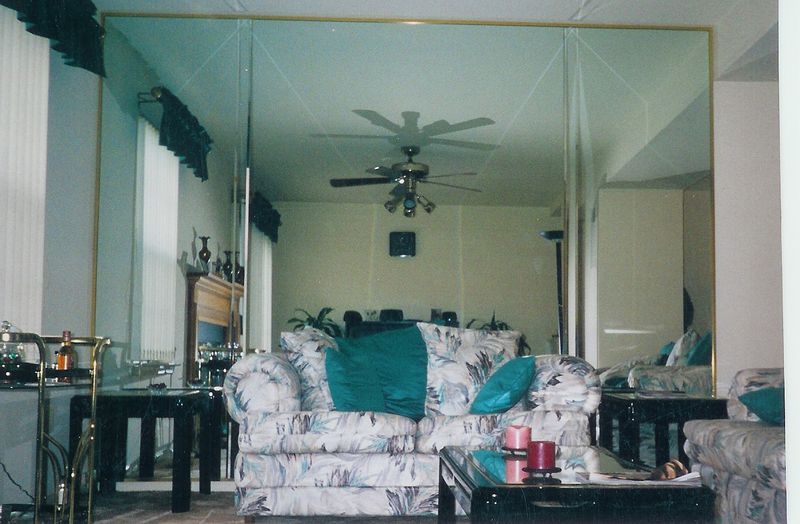
Mirrored walls scream 1980s excess and create a disorienting, funhouse effect that most people find jarring. While they were intended to make spaces appear larger, they actually make rooms feel cold and impersonal.
These reflective monstrosities show every fingerprint, dust particle, and smudge. They’re also incredibly difficult and expensive to remove, often requiring complete wall reconstruction afterward.
Today’s designers prefer strategic mirror placement to create the illusion of space without the overwhelming effect. If your home still has mirrored walls, consider replacing them with textured wallpaper or a fresh coat of paint in a warm, inviting color that actually makes people want to stay in the room.
4. Avocado Green Appliances
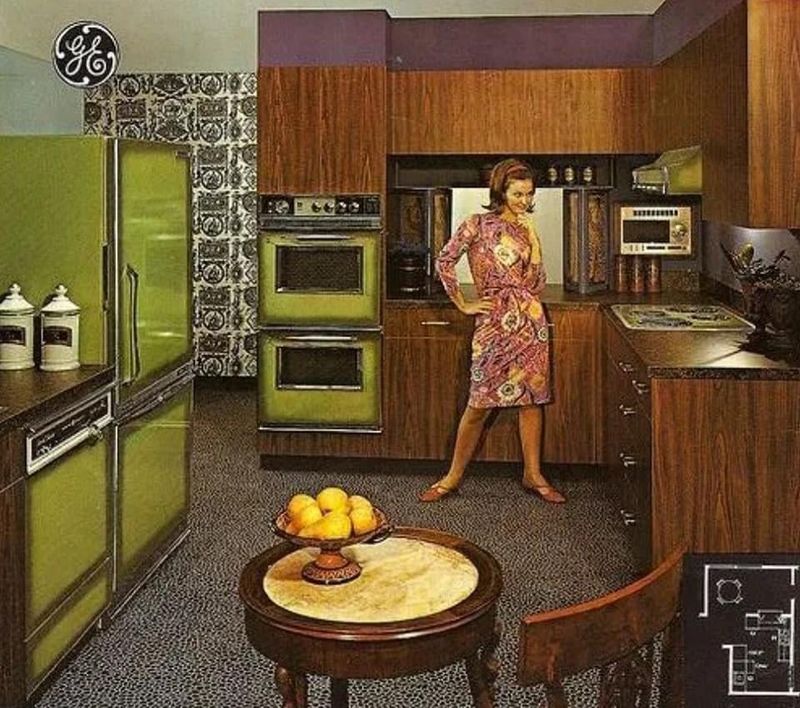
Nothing dates a kitchen faster than avocado green appliances. This particular shade of murky green dominated the 1970s alongside harvest gold and burnt orange, creating kitchens that feel perpetually stuck in a Brady Bunch episode.
Beyond their questionable aesthetic appeal, these vintage appliances are energy hogs compared to modern equivalents. They lack the features and efficiency we’ve come to expect from contemporary kitchen equipment.
Stainless steel, matte black, and even crisp white appliances offer timeless alternatives that won’t make your kitchen look like a time capsule. If you’ve inherited avocado green monstrosities, replacing them will instantly modernize your space and likely save you money on utility bills.
5. Shag Carpeting Wall-to-Wall
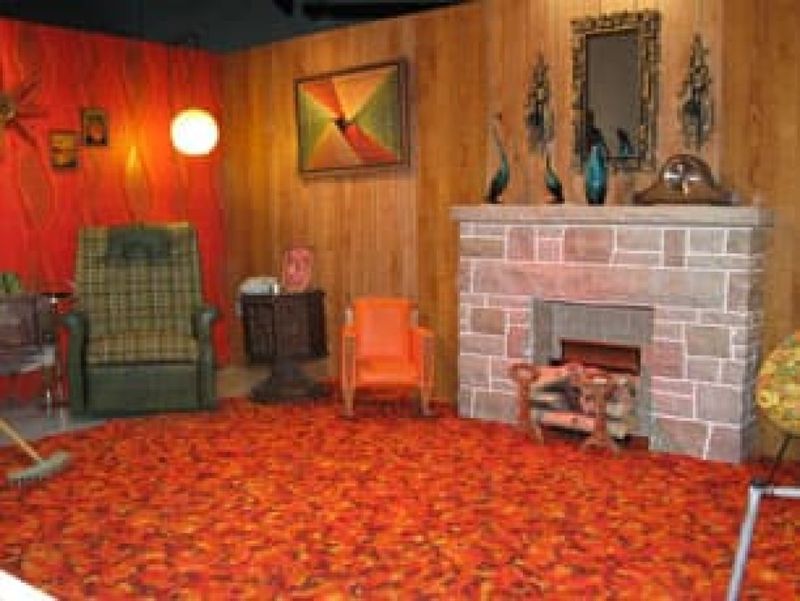
Wall-to-wall shag carpeting was the pride of 1970s homeowners, but today it’s a cleaning nightmare and allergen trap. Those ultra-long fibers collect dust, pet hair, food particles, and practically anything that falls onto them.
Vacuuming shag carpet is frustratingly ineffective – the suction often can’t penetrate the dense fibers, and the rotating brushes get tangled. Spills are virtually impossible to clean completely, leaving permanent stains or worse, mold growing deep within where you can’t see it.
Modern flooring options like hardwood, engineered wood, or luxury vinyl provide easier maintenance while offering warmth and character. Area rugs can always add texture and comfort without the permanent commitment to a cleaning disaster.
6. Vertical Blinds
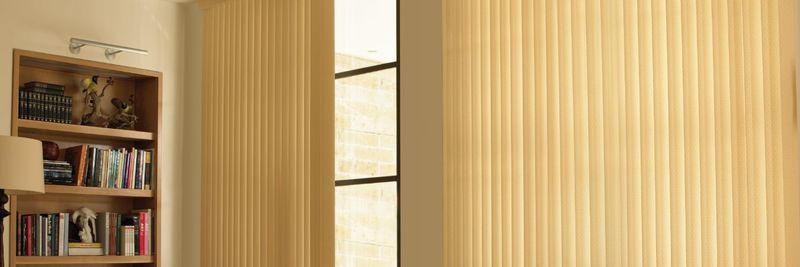
Vertical blinds hang like plastic sentinels of bad taste, clattering noisily whenever someone walks by or a slight breeze blows. These flimsy window coverings inevitably end up with missing slats, bent pieces, and tangled cords that make operation a daily frustration.
The worst offenders are the yellowed plastic varieties that were installed in practically every apartment built between 1970 and 1995. They collect dust in hard-to-clean crevices and provide minimal light control compared to modern alternatives.
Roman shades, cellular blinds, or simple curtain panels offer more aesthetic appeal and practical function. Even basic roller shades provide a cleaner look than these outdated window treatments that seem designed specifically to annoy homeowners.
7. Drop Ceilings in Living Spaces
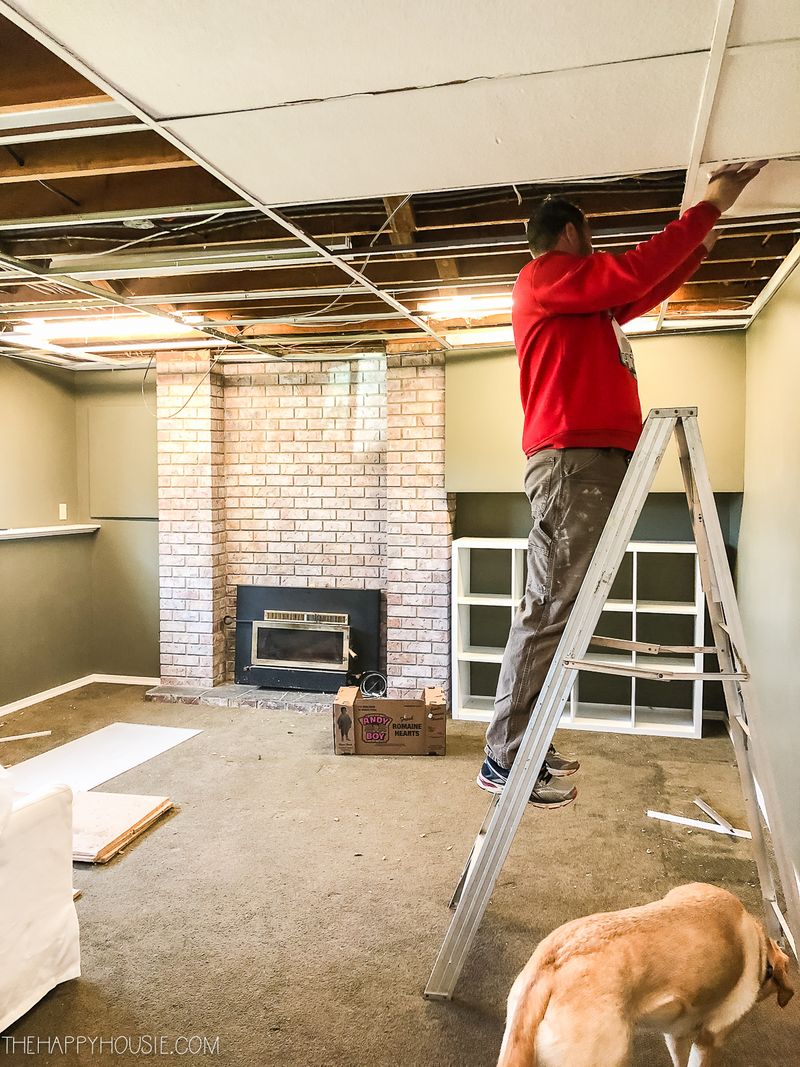
Drop ceilings might make sense in commercial spaces, but they have no place in residential living areas. These suspended tile systems instantly make your home feel like an outdated office building or basement rec room.
Besides their institutional appearance, drop ceilings lower your ceiling height, making rooms feel smaller and more cramped. The tiles frequently become water-stained, warped, or discolored over time, creating an eyesore overhead.
If you’re dealing with this unfortunate feature, consider removing it to reveal the original ceiling. Even if some repairs are needed afterward, the increased ceiling height and more residential feel will dramatically improve your space. Your home should never remind visitors of their workplace cubicle.
8. Heavy Floral Drapes
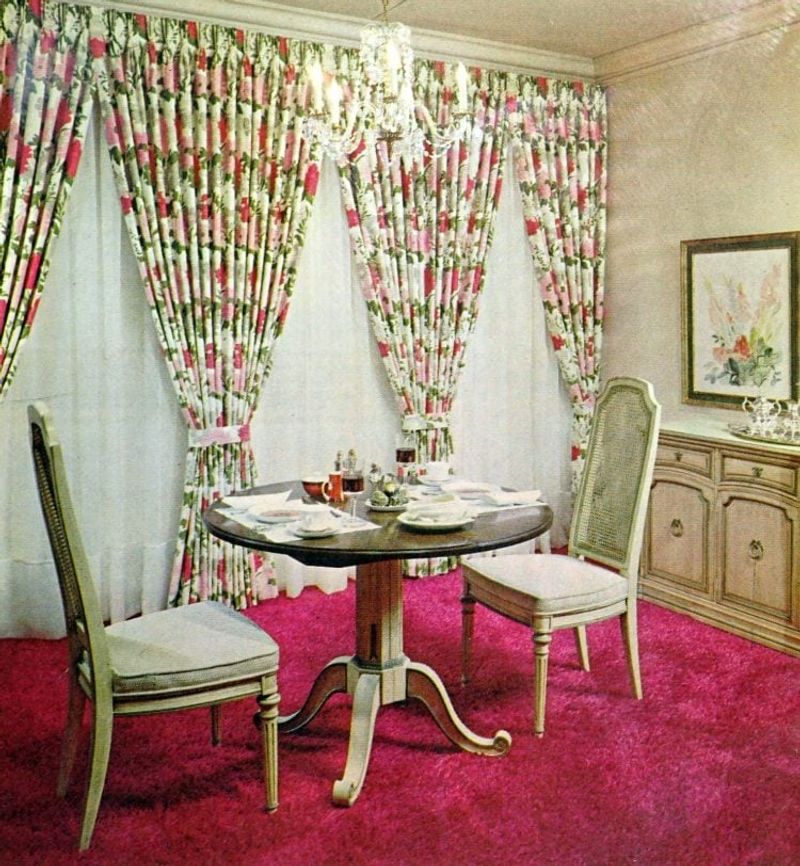
Heavy floral drapes with matching valances and tiebacks were once the height of window fashion, but now they just scream “outdated.” These overwhelming window treatments block natural light, collect dust, and make rooms feel smaller and stuffier.
The worst examples feature faded cabbage roses or chintz patterns in pastel colors that clash with contemporary furnishings. They’re often lined with thick material that turns your living space into a dark cave, regardless of the sunny weather outside.
Today’s window treatments favor simplicity and function – think streamlined panels that frame views rather than hide them. If your windows are still sporting these fabric monstrosities, removing them might be the single most effective way to instantly modernize your room.
9. Wood Paneling Walls
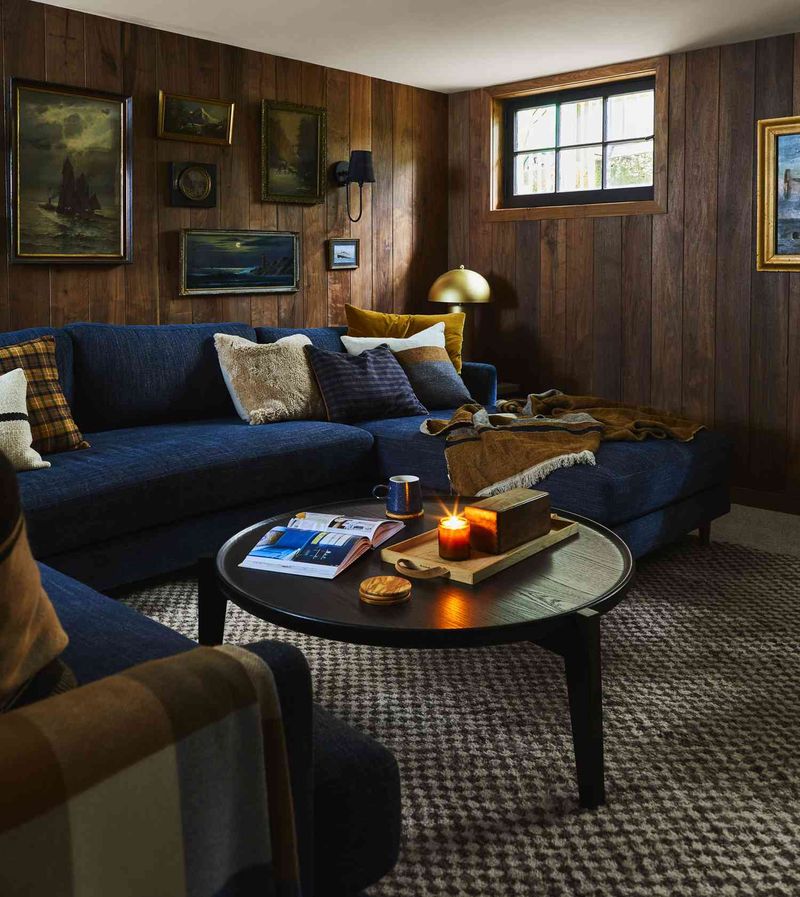
Dark wood paneling instantly transports a room back to the 1970s basement den – complete with imaginary cigarette smoke and the ghost of a console TV. These somber walls absorb light, making spaces feel smaller, darker, and more confined than they actually are.
Many homeowners discover that behind this dated feature lurks perfectly good drywall that was covered up during the wood panel craze. The fake wood grain and vertical lines create a visually busy background that fights with furniture and artwork.
White paint can transform wood paneling in a weekend if removal isn’t an option. The grooves between panels can actually add interesting texture once the oppressive darkness is eliminated. Your room will feel decades newer without the cabin-in-the-basement vibe.
10. Hollywood Vanity Bulbs
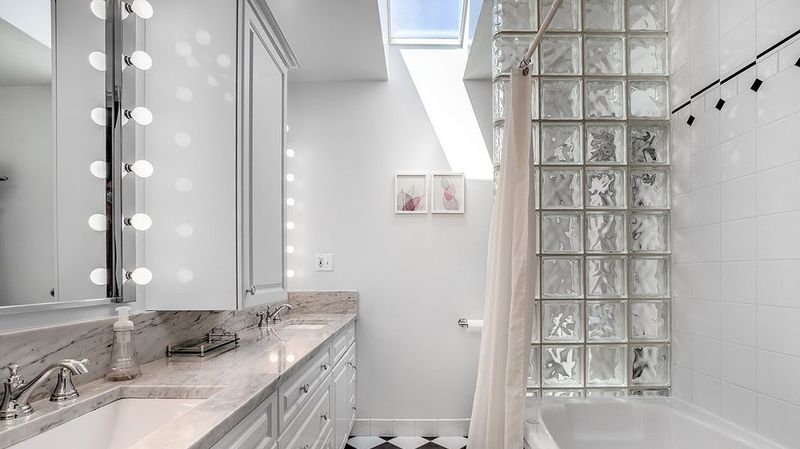
Those rows of exposed bulbs surrounding bathroom mirrors might make you feel like a movie star, but they’re actually harsh, unflattering, and wildly energy-inefficient. The glaring light creates strong shadows that emphasize every imperfection rather than providing the even illumination needed for daily grooming tasks.
These fixtures generate excessive heat, making already steamy bathrooms even more uncomfortable. The exposed bulbs collect dust and makeup residue, becoming increasingly difficult to clean as they age.
Modern bathroom lighting favors sconces placed at face level on either side of mirrors, providing shadow-free illumination that’s actually useful. LED technology offers better energy efficiency and color rendering than the harsh incandescent bulbs these dated fixtures require.
11. Plastic Couch Covers
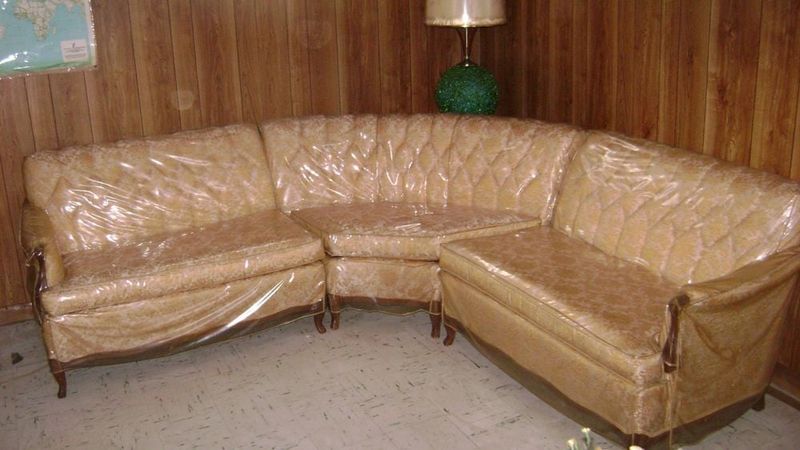
Plastic couch covers represent the pinnacle of function over comfort – protecting furniture while making it completely unpleasant to use. These transparent torture devices stick to bare skin in summer, make embarrassing noises when you shift position, and generally announce “we don’t actually want anyone to enjoy sitting here.”
Grandmothers everywhere insisted these covers preserved their “good furniture” for special occasions that somehow never arrived. Meanwhile, family members endured years of uncomfortable seating for the sake of furniture that remained perpetually new-looking but unused.
Modern performance fabrics offer stain resistance without the plastic wrap experience. If you’re still preserving a couch like it’s a museum piece, it’s time to unwrap it and actually enjoy your furniture.
12. Carpeted Kitchen Floors
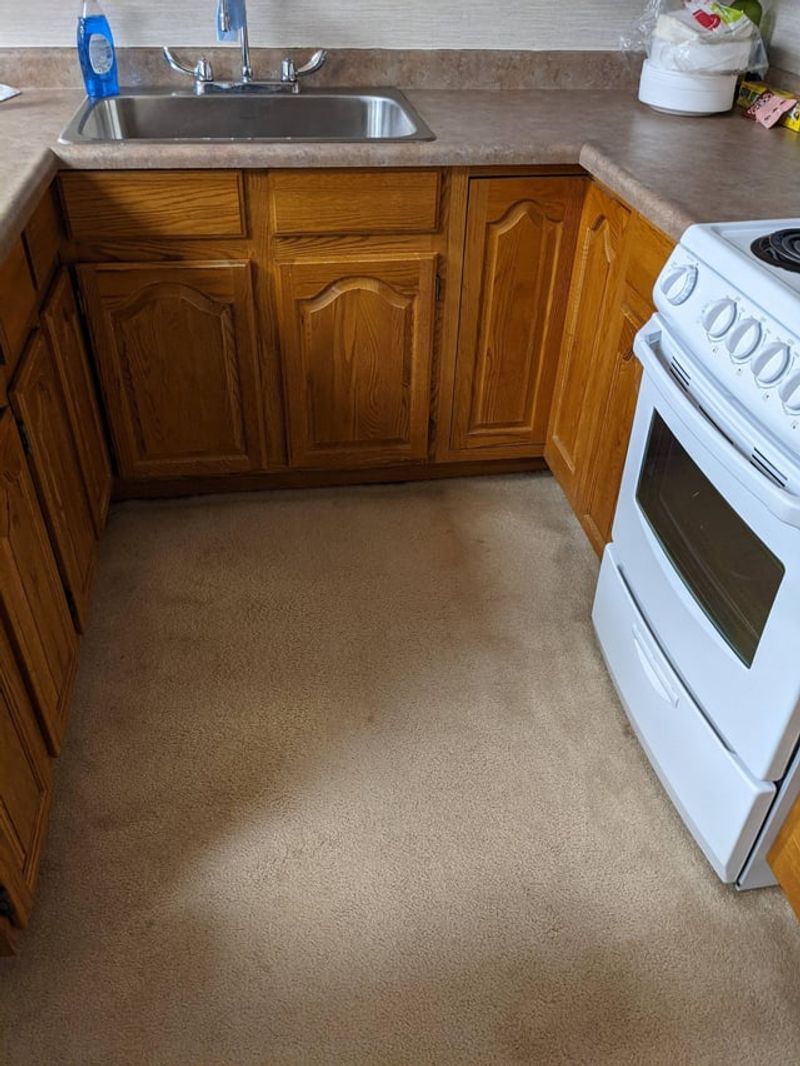
Carpeting in kitchens defies all logic yet was surprisingly common in homes built during the 1970s and 80s. The kitchen is literally the worst possible place for carpet – a room dedicated to food preparation, cooking, eating, and inevitable spills.
Dropped pasta sauce, spilled wine, and cooking grease create permanent stains that no amount of cleaning can fully remove. Moisture from sink splashes and steam encourages mold growth beneath the surface where you can’t see it developing.
Hard surfaces like tile, vinyl, or wood-look materials are infinitely more practical in this high-traffic, high-mess area. They can be wiped clean after cooking disasters and don’t harbor food particles that attract pests. Your kitchen deserves better than this questionable floor covering.
13. Bathroom Carpet Toilet Rugs
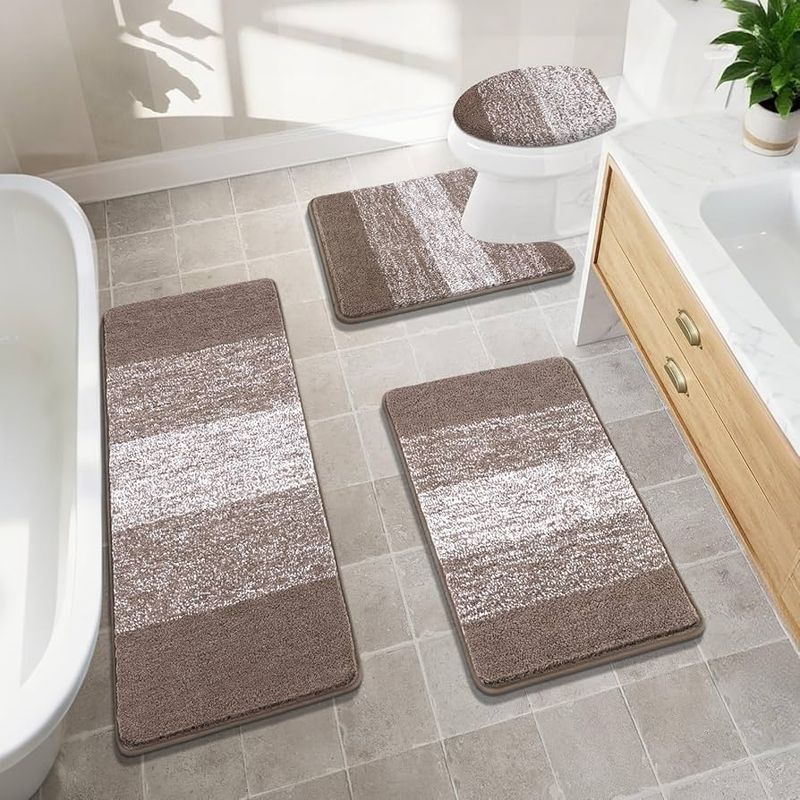
Those fuzzy toilet rugs that wrap around the base of toilets might be the single most unhygienic bathroom invention ever created. These plush germ collectors sit in the splash zone of the toilet, absorbing moisture and… well, whatever else might miss the target.
The thick pile traps bacteria, mold, and odors that regular washing can’t fully eliminate. Even worse are the matching tank and lid covers that add an extra layer of unnecessary fabric to the most germ-prone fixture in your home.
If you’re still holding onto these bathroom carpet sets, it’s time for an immediate upgrade. Small washable bath mats placed strategically away from the toilet provide comfort underfoot without creating a biohazard zone around your commode.
14. Inflatable Furniture
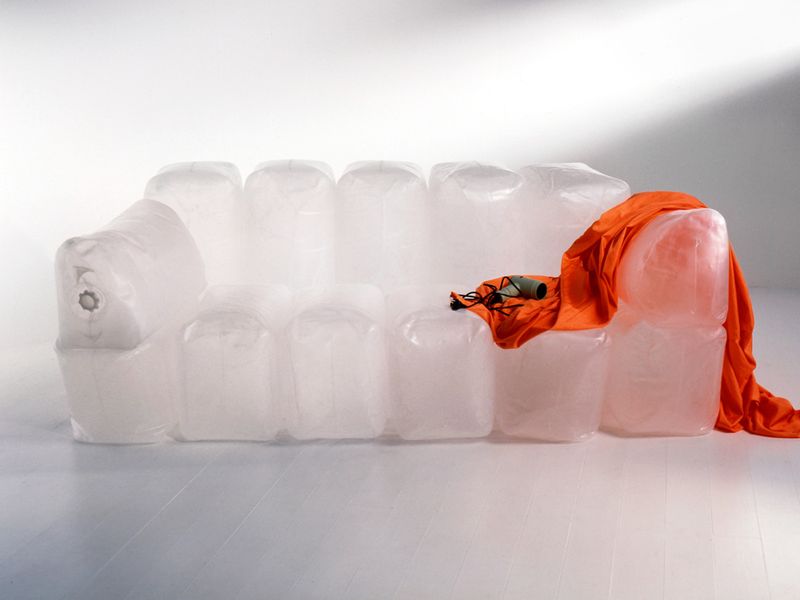
Inflatable furniture had its moment in the 90s and early 2000s, but this novelty seating should never have left the swimming pool. These vinyl bubbles promised affordable, fun seating but delivered uncomfortable, squeaky, unstable furniture that inevitably deflated at the worst possible moment.
Sitting on these plastic monstrosities meant sticking to them in warm weather and constantly readjusting as they slowly leaked air. The transparent versions with colorful confetti inside looked particularly sad as they gradually sagged into shapeless puddles.
Even budget-conscious decorators deserve real furniture that doesn’t double as a pool toy. Today’s affordable options include futons, bean bags, or floor cushions that provide actual support without the constant need for an air pump.
15. Beaded Door Curtains
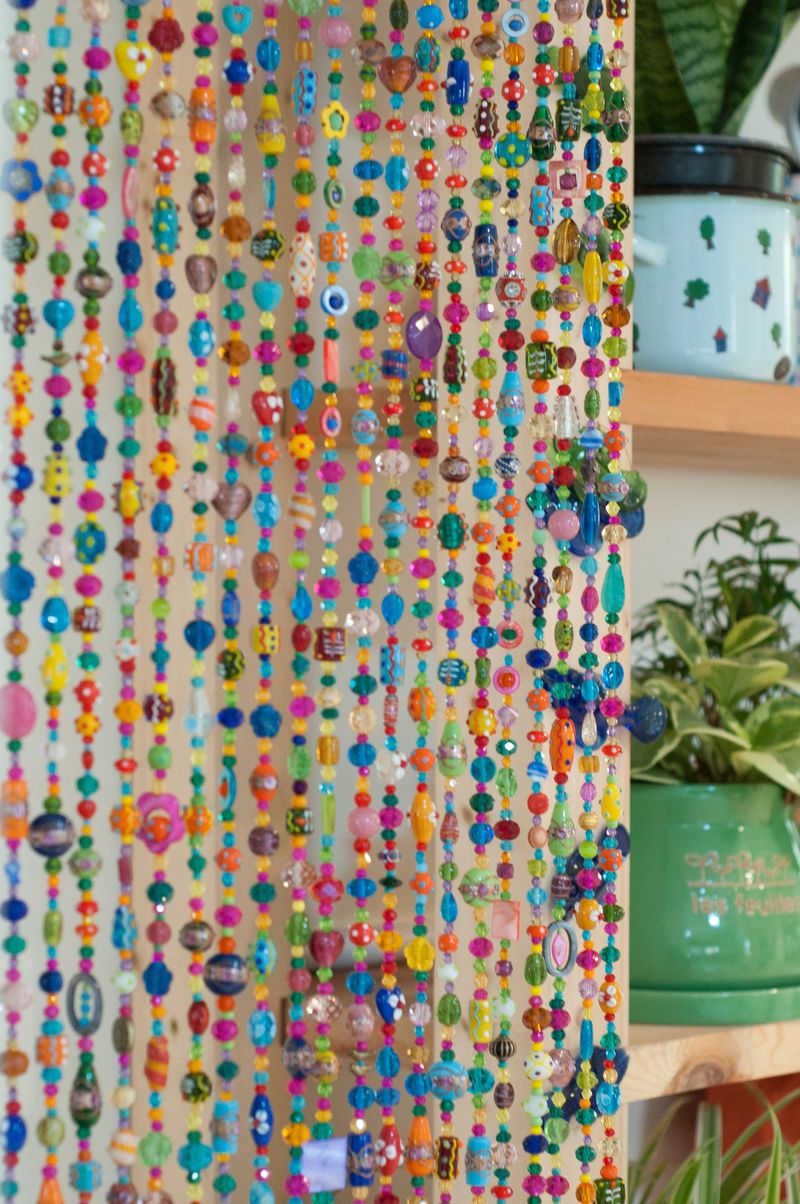
Beaded door curtains might have seemed groovy in the 1960s, but they’re actually impractical noise machines that provide zero privacy. Walking through these dangling obstacles means getting whipped by plastic or wooden beads that then clack against each other for what feels like eternity.
They collect dust in hard-to-clean crevices and inevitably tangle into knots that require painstaking separation. The worst examples feature painted beads that chip over time, leaving colorful debris on your floor.
If you need a room divider, consider an actual door, a fabric curtain, or a decorative screen. Your houseguests shouldn’t have to battle through a percussion instrument just to enter your kitchen or bedroom. Some hippie-era accessories are best left in the past.

